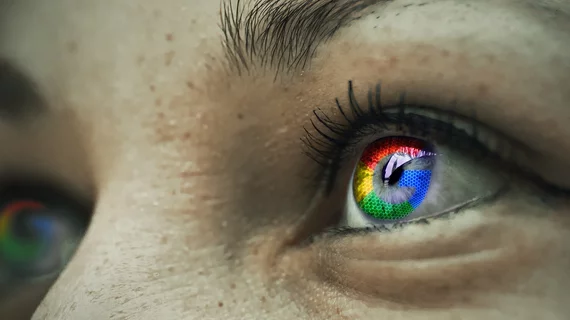Google trends unearth ‘unprecedented’ decline in clinical imaging search interest
An analysis of Google search trends has unearthed an “unprecedented” decline in clinical imaging interest amid the COVID-19 pandemic, experts reported on Wednesday.
Across all modalities, “relative search volume” has dipped since March 1 when the crisis took hold. Comparing the two months before that date to the two after, Johns Hopkins experts noted a 51% fall in searches for “mammography.” Meanwhile, “computed tomography” and “magnetic resonance imaging” queries dipped 19% and 38%, respectively.
The findings underline the need for targeted action as radiology providers cope with this latest wave of COVID-19, experts explained in Clinical Imaging.
“[A] decrease in public interest coupled with delays and deferrals of diagnostic imaging will likely result in a high demand for healthcare in the coming months,” author Siegfried Adelhoefer, an MD candidate with the Johns Hopkins University School of Medicine, and colleagues wrote Nov. 25. “To respond to this challenge, measures such as risk-stratification algorithms must be developed to allocate resources and avoid the risk of overstraining the healthcare system.”
For their analysis, Adelhoefer et al. utilized the publicly available Google Trends database, pinpointing the most commonly used radiology search terms between 2016 and 2020. Along with the aforementioned modalities, x-ray and ultrasound also saw search dips of almost 17% and 20%, respectively, during the same time.
Search trends did rebound, however, in the next three months across these terms, with mammography climbing nearly 54%. Looking specifically at different anatomic regions for CT, Adelhoefer and colleagues, noted that chest imaging searches increased, likely because of the modality’s use to manage and diagnose the disease. But other exam types for the head, abdomen and CT angiography all decreased.
The study’s authors highlighted possible long-term implications from these trends, including health conditions going undiagnosed, and longer wait periods for exams.
“These scenarios underscore the need [for] strategies to accommodate a potential spike in patients seeking imaging in the coming months,” the authors wrote. “Our analysis has future implications as clear strategies for the most effective use of healthcare resources in coming months are not yet well developed,” they added later.
You can read the rest of the study in Clinical Imaging here. Other authors contributing to the analysis include the University of California, San Francisco, Harvard Medical School, and the Aetna Foundation.

